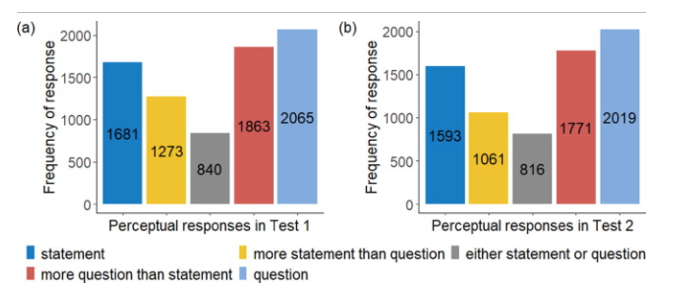Dynamic multi-cue weighting in the perception of Spanish intonation: Differences between tonal and non-tonal language listeners.

This study investigates cue-weighting differences in intonation perception between tonal and non-tonal languages, specifically focusing on how native Spanish listeners and Mandarin learners of Spanish identify intonation categories using changes in multiple acoustic dimensions. Employing a relatively continuous response scale, we analyzed listener performance in two perceptual tests, in which stimuli were generated by manipulating the suprasegmental cues in sentence-final positions. The results of data analyses indicate that while f0 and duration cues are significant for intonation categorization in both Spanish and Mandarin listeners, intensity appears to be a redundant cue that exerts limited effect only on native Spanish listeners. Contrary to the general claim of a tonal language benefit in pitch perception, our two language groups showed similar sensitivities to f0 linear transitions perceived as sentence intonation. Moreover, Spanish natives used higher f0 contours for question recognition compared to Mandarin learners and relied more heavily on secondary cues in their auditory judgments. The study also demonstrates that perceptual weighting varies across acoustic conditions and stress patterns, suggesting that the dynamic mapping between acoustics and intonation is shaped by language background as well as specific acoustic and word-level suprasegmental contexts.